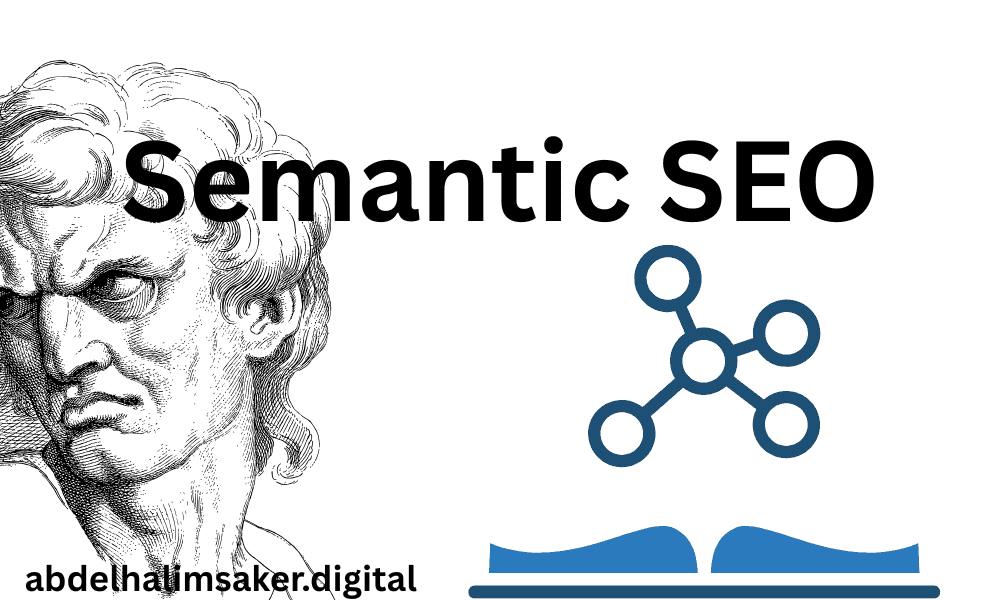
Semantic SEO is an optimization approach that focuses on meaning, not just keywords. It aligns with entity recognition, contextual relevance, and query responsiveness. Search engines use semantic signals to interpret intent, context, and relationships between concepts, making results more accurate and personalized.
From Lexical to Semantic Search
How did SEO evolve from keywords to context?
Traditional SEO relied on lexical matching, where search engines compared strings of text. Semantic search, in contrast, interprets meaning.
| Aspect | Lexical SEO | Semantic SEO |
|---|---|---|
| Focus | Exact keywords | Meaning and entities |
| Context | Ignored | Interpreted |
| Intent Recognition | Weak | Strong |
| Example Query | “best apple” → mixed results | Distinguishes Apple Inc. vs fruit |
Google’s Hummingbird (2013) introduced intent-driven understanding. RankBrain (2015) applied machine learning to interpret ambiguous queries. MUM (2021) expanded this with multimodal reasoning — understanding text, image, and context together.
Semantic SEO aligns with these updates by structuring information around entities, attributes, and relationships.
How Semantic SEO Works Conceptually
What defines meaning in Semantic SEO?
Semantic SEO models meaning through entities, attributes, and values (EAV). Algorithms interpret text as data relationships, not isolated words.
Entities, Attributes, and Values
- Entity → A definable concept (e.g., “Semantic SEO”)
- Attribute → A property (e.g., “focus”)
- Value → The corresponding descriptor (e.g., “meaning-based optimization”)
Semantic Distance and Co-occurrence
How does proximity influence meaning?
Semantic distance measures how closely two concepts appear in a context.
- Short distance → high relevance (e.g., “SEO” + “Google ranking”)
- Long distance → weaker relevance
Co-occurrence strengthens associations. For instance, “entity-based SEO,” “schema markup,” and “knowledge graph” frequently co-occur with “Semantic SEO,” reinforcing topical relevance.
Core Components of Semantic SEO
What systems form Semantic SEO?
Semantic SEO integrates several structural systems:
| Component | Function | Relationship to Central Entity |
|---|---|---|
| Topical Authority | Establishes expertise through content clusters | Validates entity trustworthiness |
| Topical Coverage | Ensures full coverage of subtopics | Strengthens contextual completeness |
| EAV Model | Defines data as triplets | Encodes meaning systematically |
| Contextual Flow | Maintains narrative coherence | Connects related entities logically |
| Entity Consolidation | Merges variations of the same entity | Prevents semantic fragmentation |
Each component supports entity comprehension, enabling search engines to build a more accurate representation of a site’s expertise.
Why Semantic SEO Improves Rankings and Responsiveness
Why does Semantic SEO enhance ranking performance?
Semantic SEO aligns content with query semantics. It improves dwell time by delivering context-rich answers that match user expectations.
Key benefits include:
- Query Alignment: Matches intent instead of keywords.
- Context Precision: Increases snippet probability and SERP visibility.
- Behavioral Signals: Improves click-through and engagement rates.
- Historical Learning: Builds entity-based authority over time.
Google rewards consistent entity integrity and contextual completeness, both hallmarks of Semantic SEO.
Applying Semantic SEO to Websites
How can you implement Semantic SEO effectively?
- Identify Entities: Define core and supporting entities within each topic.
- Use Structured Data: Implement schema.org types like
Organization,Product, orArticle. - Build Context Vectors: Interlink semantically related pages to reinforce meaning.
- Map Topics: Create a topical map connecting core entities to subtopics.
- Optimize Internal Links: Use contextual anchors that describe relationships, not just keywords.
Example:
- “Entity-based SEO” → links to → “Knowledge Graph Optimization”
- “Schema Markup” → connects to → “Rich Results Implementation”
This structure signals contextual depth and semantic unity to search engines.
The Future of Semantic Search
Where is Semantic SEO heading next?
Search is evolving toward Predictive Information Retrieval and Language Model–based understanding. Large Language Models (LLMs) such as GPT and Gemini use neural semantic indexing to infer intent before query completion.
Future SEO strategies will integrate:
- Multimodal context understanding (text, audio, visual)
- Personalized entity graphs
- Continuous learning from user interactions
Semantic SEO will serve as the foundation for this future — where meaning, context, and user intent drive the entire search experience.
